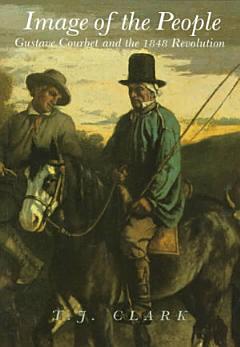Clark's focus is on Gustave Courbet in the four years following 1848. His book aims to show how Courbet's wholesale recasting of the terms and ambitions of modern art, in paintings like The Stonebreakers and A Burial at Ornans, was bound up with the texture of French history at a fateful moment: the battle of pamphlets and images being waged in the countryside in 1849-50, the search for a means to connect with a "popular" audience, the deepening enigma of peasant politics, and the confusions and dangers of class. When Image of the People and its companion volume, The Absolute Bourgeois, appeared in 1973, they signaled a new direction for writing about art. "The book's success is crucial," wrote Michael Rosenthal, "because there are few models for this type of study, and it is of necessity pioneering." New Left Review said the book's great merit was that "it elucidates a number of crucial theoretical problems through the concrete analysis of a concrete situation. To the eternal--and false--question: 'What is revolutionary art?' Clark gives an implicit reply by substituting for it another, more fertile one: 'What were the effects of a particular Revolution upon pictorial practice?'"
Clark's focus is on Gustave Courbet in the four years following 1848. His book aims to show how Courbet's wholesale recasting of the terms and ambitions of modern art, in paintings like The Stonebreakers and A Burial at Ornans, was bound up with the texture of French history at a fateful moment: the battle of pamphlets and images being waged in the countryside in 1849-50, the search for a means to connect with a "popular" audience, the deepening enigma of peasant politics, and the confusions and dangers of class.

